Introduction to Psychology
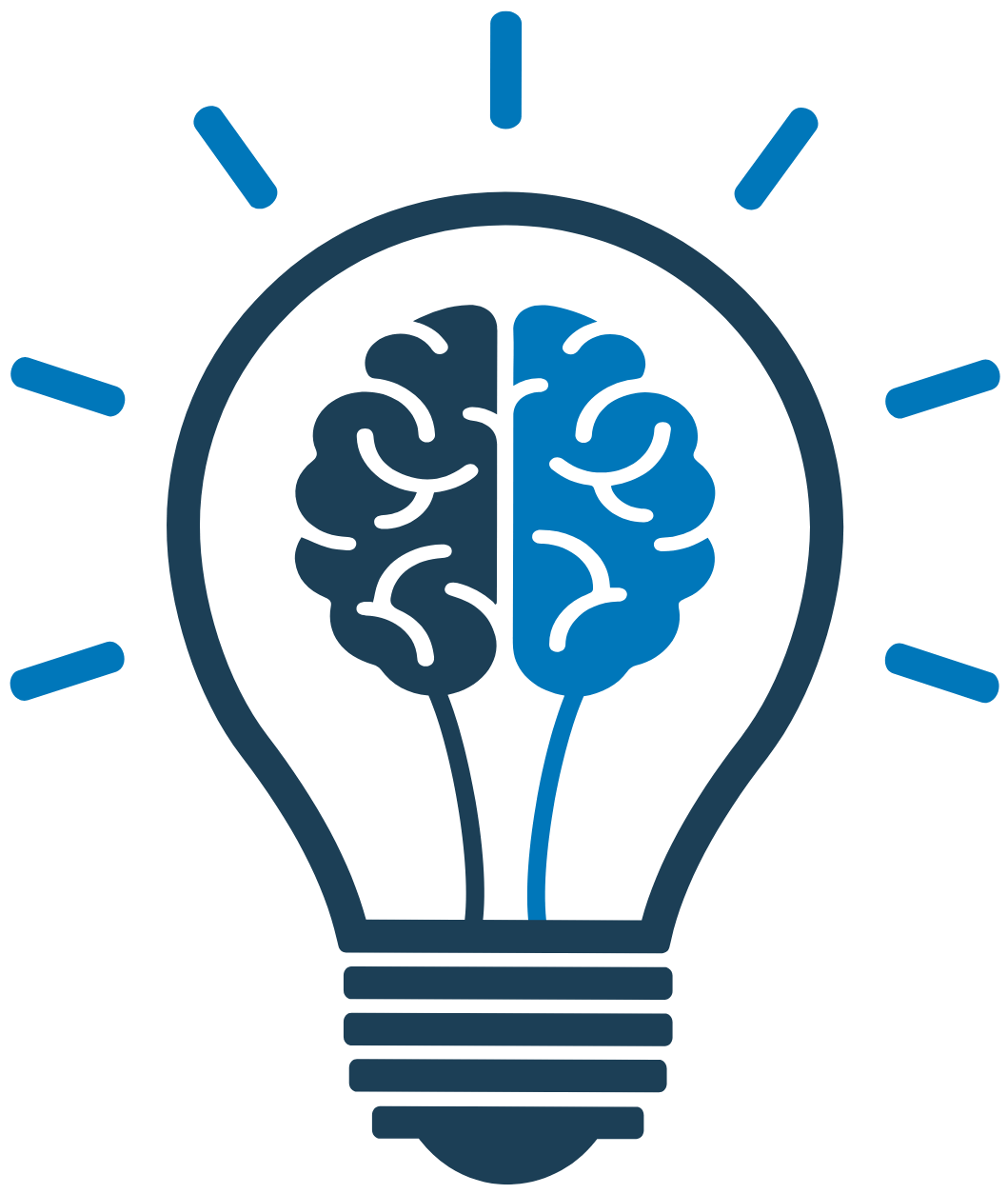

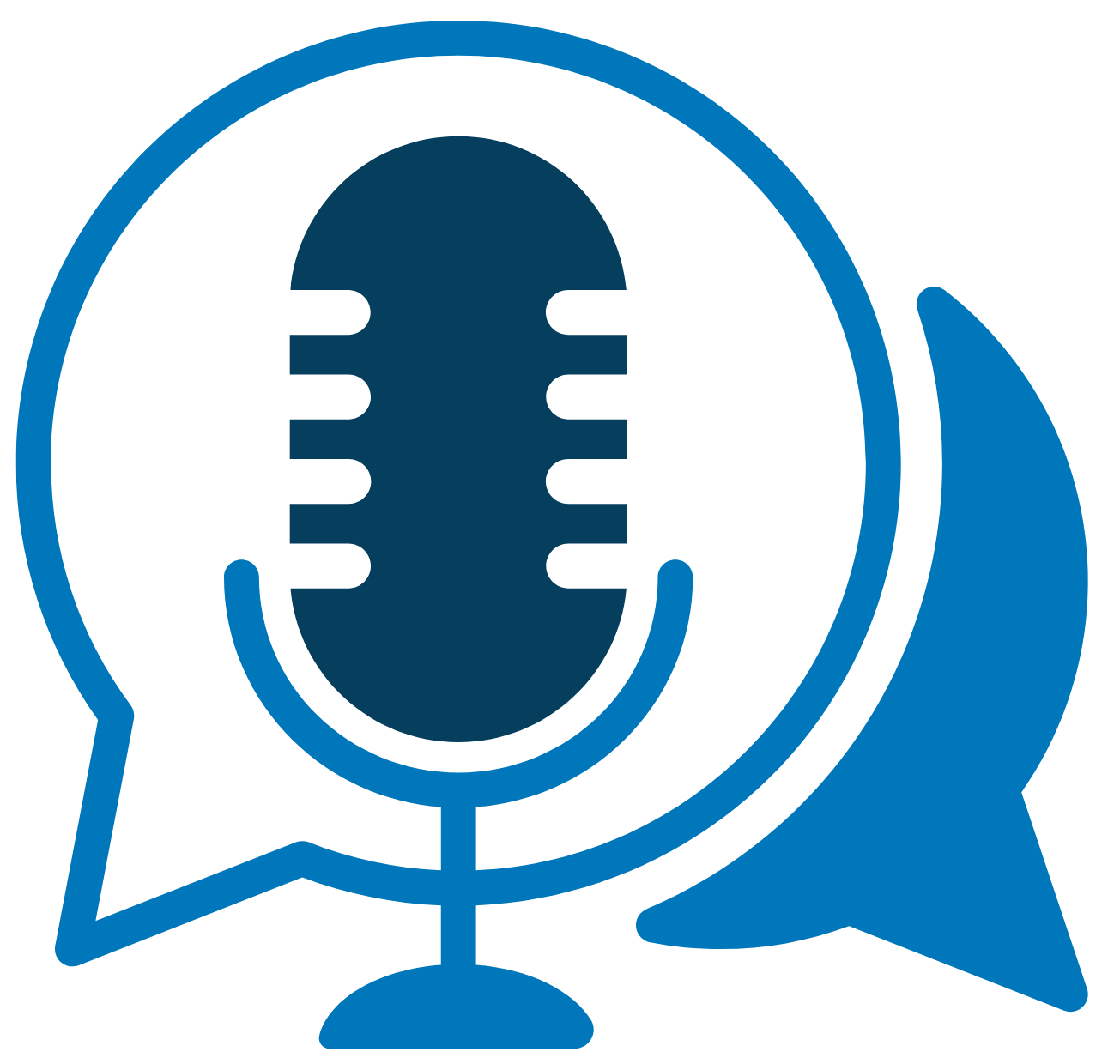
Version 4.0
By Charles Stangor and Sue Frantz
Included Supplements
Key Features
- Core themes of action and empiricism hold students’ attention and provide a strong basis for understanding the science behind psychology
- Strong emphasis on diversity such as the inclusion of often-overlooked historical figures in psychology who are people of color; consistently diverse photo selections; the experiences of people of color, people of different cultures, people who define themselves as nonbinary, and people with disabilities
- Connects the principles of psychology to everyday experiences and behavior
- Over 52 hyperlinks to videos enrich online courses, engage students, and reinforce or augment many of the presented topics
- Rich learning structure
- Chapter Openers showcase an engaging, real-world example of people who are dealing with psychological questions and use psychology to help them answer those questions
- “Learning Objectives” preview each main head section and help focus the reader’s attention
- “Psychology in Everyday Life” links psychological principles to real-world applications in business, the environment, health, law, education, and other relevant domains
- “Research Focus” presents close-ups on research, including a summary of the hypotheses, methods, results, interpretations, and unpredictability of results to help students understand how research really works
- Marginal Glossary of Key Terms. Placing the key terms in the margins allows students to easily review them by skimming through the text
- “Key Takeaways” at the end of every main head section encourage the reader to chunk new information while it is fresh to encourage retention
- “Exercises and Critical Thinking” can be used to stimulate discussion and help students apply the chapter section content to real-world situations and their own lives. Answer guidelines are included in the instructor’s manual
- “Chapter Summary” helps students understand the “big picture” significance of the preceding chapter
- Customizable
Students
- Online Access Price
- $36.95
- Color Printed Textbook with Online Access Price
- $63.95
Introduction to Psychology is suitable for courses called Introduction to Psychology, Principles of Psychology, Survey of Psychology, or for any basic psychology course that provides an overview of the discipline. The course is generally taught at the undergraduate level at most two- and four-year colleges and universities.
Introduction to Psychology is a concise and conceptual introduction to the fascinating subject of psychology. This new version welcomes a co-author, Sue Frantz, who has worked with a diversity of students over the years. As a result, Sue contributes many fresh, classroom-based insights to enliven the text and bring it fully up to date. The core premises of this book remain constant, however. Featuring a central theme of action—predicting our own actions and those around us—the narrative grabs students’ attention and does not let go. A strong underlying secondary theme of empiricism unifies the narrative under the umbrella of psychology as a science. Its standard, fourteen-chapter organization makes this textbook an ideal choice for either a typical semester- or quarter-long course.
New in This Version
Overall
- The narrative now employs “we,” “us,” or “our” pronouns, which many students find more inviting and engaging
- References were scrutinized to retain the classics while ensuring all other citations are current
- Chapter titles were revised to be more descriptive
- In-text citations were removed to increase ease of reading for students with developing reading skills. Numbered footnotes are used in their place
- Practice quiz questions are now embedded in the online reader so they can be autograded
By Chapter
Chapter 1: Introduction to Psychology
- Greater emphasis on key critical thinking traits (chapter opener)
- Research Focus draws upon two archival studies of the left-digit bias (Section 1.2: Psychology as a Science )
- Overview of the history of psychology moved to a dedicated appendix for more flexible assignment (Appendix A)
- Presents seven integrating themes based on the findings of the 2021 APA Introductory Psychology Initiative (Section 1.3: Themes)
- New coverage of Wilhelm Wundt and four other psychologists emphasizing their impact on our daily lives or popular culture, psychology’s perspectives and disciplines, and evidence-based study strategies (Section 1.4: Psychology’s History: Yesterday and Today)
Chapter 2: Research Methods: The Science of Psychology
- Try This! explains how to read a research journal article (chapter opener)
- Changes to Section 2.2: Psychologists Use Descriptive, Correlational, and Experimental Research Designs to Understand Behavior
- Two new studies: Transgender athlete and African-American women working in STEM fields
- Includes APA’s 2021 Stress in America survey findings
- Clarified discussion of random sampling using a new Pew Research Center video and revised Try This! box that describes how students can use decks of cards to see population sampling in action
- Examples of naturalistic observation pared down and descriptive statistic discussions deleted
- Explanation of correlations focuses on third variables and the difference between positive and negative correlations. Example introduces newer research on happiness and TV watching
- Expanded sub-section on experiments to better explain experimental design and random assignment. New Try This! on random assignment.
- Introduces SIFT test (stop, investigate, find, and trace) technique for critical thinking about psychological research in the news. The content on research validity was removed (Section 2.3: Critical Thinking about Psychological Research in the News)
Chapter 3: Biological Psychology: The Brain at Work
- Changes to Section 3.1: The Neuron is the Building Block of the Nervous System
- Simplified description of neurons
- New BrainFacts.org video on neural communication in addition to new coverage of agonists and antagonists, reuptake inhibitors, and enzyme inhibitors.
- New Research Focus box on randomized controlled trials, placebo effect, experimenter bias, and double-blind studies
- New video of conjoined twins highlights how the thalamus plays a role in sensing our surroundings (Section 3.2: Our Brains Control Our Thoughts, Feelings, and Behavior)
Chapter 4: Sensation and Perception: Experiencing the World Around Us
- Better defines the difference between sensation and perception using the blue-black/gold-white dress example (chapter opener)
- New NSF video on blindsight (Section 4.1: We Experience Our World Through Sensation)
- Subliminal stimulation deleted (Section 4.1: We Experience Our World Through Sensation)
- Changes to Section 4.2: Vision
- New feature on how to see infrared that illustrates the limits of human vision
- Better illustrated discussion of wavelength, how the eye’s cones respond, and the color we see
- The sub-section on perceiving motion was deleted
- Changes to Section 4.3: Hearing
- New image illustrating the difference between pitch and frequency
- Updated summary table of decibel levels for common sounds
- New Try This! box encourages students to download a free decibel meter app to their phones and measure decibel levels around them
- New video showing the cochlea’s cilia at work
- New coverage of supertasters, non-tasters, and COVID-19 as a potential cause of anosmia (Section 4.4: Taste, Smell, Touch, Proprioception, and Balance)
- Changes in Section 4.5: Accuracy and Inaccuracy in Perception
- Replaced videos on the McGurk effect and selective attention
- Added coverage of synesthesia
- New images illustrating shape constancy and color constancy
- Research Focus on embodiment deleted
- Added coverage of perceptual set, including a Try This! box using the duck/rabbit drawing
Chapter 5: Consciousness: Sleep, Drugs, and Other Mental States
- New coverage of the importance of sleep to athletes (chapter opener)
- Changes to Section 5.1: Sleeping and Dreaming Revitalize Us for Action
- Added discussion of chronotypes
- New BrainFacts.org video on sleep stages
- Updated recommended hours of sleep summary table
- New sleep deprivation infographic from Johns Hopkins University
- New list of tips on how to get better sleep
- Coverage of sleep disorders now follows sleep deprivation
- New BBC News video on narcolepsy
- Changes to Section 5.2: Altered Consciousness: Psychoactive Drugs
- Updated psychoactive drugs summary table. Columns for psychological dependence, physical dependence, and addiction potential have been replaced with symptoms of overdose, long-term effects, and symptoms of withdrawal.
- Updated summary of opioid use in the U.S.
- Changes to Section 5.3: Altered Consciousness: Hypnosis, Meditation, and Flow
- Section on sensory deprivation was deleted
- Added sub-section on flow
- New meditation video
- Feature on escaping everyday consciousness was deleted
Chapter 6: Development: Changes Across Our Lifetime
- New chapter opening story focuses on two sets of identical twins from Colombia who were switched at birth (Chapter Six opener)
- The table of Erikson’s stages was deleted (chapter opener)
- New National Geographic video on pregnancy (Section 6.1: Conception and Prenatal Development)
- Epigenetics feature was moved into its own chapter sub-section and expanded (Section 6.1: Conception and Prenatal Development)
- Changes to Section 6.2: Infancy and Childhood: Exploring and Learning
- New stages of labor and theory of mind videos
- Replaced conservation video with a more updated selection
- Expanded coverage of attachment and temperament
- New feature on gender identity (Section 6.3: Adolescence: Developing Independence and Identity)
- Moral reasoning section was deleted (Section 6.3: Adolescence: Developing Independence and Identity)
- Expanded feature on parenting styles to reflect cross-cultural research (Section 6.4: Early and Middle Adulthood: Building Effective Lives)
- New graphs summarize changes in age for first marriage and divorce rates (Section 6.4: Early and Middle Adulthood: Building Effective Lives)
- Coverage of death, dying, and bereavement was deleted (Section 6.5 Late Adulthood: Aging and Retiring)
Chapter 7: Learning
- New chapter opening story on “Hero Rats” that are trained to sniff out landmines and tuberculosis, including a link to a TED Talk video of the project’s founder (chapter opener)
- New feature explains how Pavlov’s bell was actually a buzzer and how a mistranslation of the words “conditional” and “unconditional” became “conditioned” and “unconditioned” (Section 7.1: Classical Conditioning: Learning by Associating Stimuli)
- New sub-section presents examples of classical conditioning: phobias, drug use, and food aversion (Section 7.1: Classical Conditioning: Learning by Associating Stimuli)
- Three new Try This! features encourage students to identify the types of reinforcement and punishment, schedules of reinforcement, and use reinforcement in their own lives (Section 7.2: Operant Conditioning: Learning by Associating a Behavior with Consequences)
- Several new examples, including classical conditioning in advertising, operant conditioning to change our own behavior, and operant conditioning in social dilemmas (Section 7.3: Using Principles of Learning to Understand Everyday Behavior)
Chapter 8: Memory and Cognition: Remembering and Thinking
- New chapter opening story features face blindness and facial super recognition (chapter opener).
- Operant conditioning is used in a cognitive map that illustrates elaborative encoding
- Changes to Section 8.2: How We Remember: Cues to Improving Memory
- Added discussion of self-reference effect in Research Focus
- Additional Research Focus on the testing effect
- New TED Talk video on the hippocampus’s role in memory
- Changes to Section 8.3: Accuracy and Inaccuracy in Memory and Cognition
- Source monitoring is renamed as source confusion
- Salience and cognitive accessibility have been removed
- Sub-section on the availability heuristic includes two new examples: firearms deaths and physician decision-making regarding vaginal or abdominal births
- Cognitive Biases in the Real World feature was deleted
Chapter 9: Intelligence and Language: Processing Information and Communication
- New chapter opening story features a TED Talk on how language influences how we think (chapter opener).
- Significant revision to the chapter’s overall intelligence coverage
- Section 9.1: Defining and Measuring Cognitive Intelligence now focuses specifically on cognitive intelligence
- New Section 9.2: Theories of Specific Intelligences discusses the theory of multiple intelligences, the augmented theory of successful intelligence, emotional intelligence, and cultural intelligence
Chapter 10: Emotions and Motivation: What Drives Us
- New chapter opening story features research on stress related to the COVID-19 pandemic and a file download for both U.S. and international. crisis helplines (chapter opener)
- This chapter is significantly revised and features several new sub-sections: behavioral aspects of emotion, physiological aspects of emotion, functions of emotions, and controlling emotions. Discussion of basic emotions was deleted
- New focus on subjective well-being and the PERMA model (Section 10.3: The Power of Happiness)
- Changes to Section 10.4: Motivation: Eating, Sexual Behavior, and Achievement
- Added coverage of binge eating disorder and a new video from the National Eating Disorders Association that provides eating disorder warning signs
- New video from ASAP Science covers the science of orgasms
- New Research Focus box describes a study that found a relationship between ovulation and tips received by lap dancers
- New section on achievement was added, including a TED Talk video on growth mindset
Chapter 11: Social Psychology: Interacting with Those Around Us
- New chapter opening story features three examples of people putting their own lives at risk to save the lives of strangers (chapter opener).
- New video from TV 2 Denmark illustrates ingroups and outgroups
- Relationships are put in the context of zones: intimate, personal, social, and public (Section 11.1: Social Cognition: Making Sense of Ourselves and Others)
- Added discussion of the sunk cost fallacy as an example of cognitive dissonance (Section 11.1: Social Cognition: Making Sense of Ourselves and Others)
- Changes to Section 11.2: Interacting with Others: Helping, Hurting, and Conforming
- Prosocial behavior was added to introduce altruism
- Quotes from the five major world religions are used to help illustrate the social responsibility norm
- Kitty Genovese’s murder was deleted, and new examples illustrate the bystander effect and overcoming the bystander effect
- New excerpt from a TED Talk illustrates how unfair treatment can lead to aggression even in monkeys
- New video of a music festival dance party illustrates minority influence
- The table of techniques for improving group performance was condensed (Section 11.3: Working with Others: The Costs and Benefits of Social Groups)
- Do Juries Make Good Decisions feature was deleted (Section 11.3: Working with Others: The Costs and Benefits of Social Groups)
Chapter 12: Personality: Development and Measurement
- New chapter opening story features a TED Talk on introversion (chapter opener)
- Changes to Section 12.1: Personality and Behavior: Approaches and Measurement
- Added discussion of the HEXACO model following the Big Five
- New feature on why the MBTI is not a good measure of personality
- New section on personality and work, including a new feature on leadership
- Coverage of the Barnum effect was moved to its own sub-section
- The sub-section on personality genetics was moved to Section 12.2
- The concluding section is now titled “History: Personality Theory’s Early Years”
- Discussions of Phrenology and body types, projective tests, and the Research Focus feature on preferred motivations were deleted
Chapter 13: Psychological Disorders: Defining Mental Illness
- New chapter opening story features a TED Talk on the value and harm a mental illness diagnosis can bring (chapter opener)
- Changes to Section 13.1: Mental Illness: What Makes a Behavior “Abnormal?”
- Discussion of prevalence was deleted
- Psychopathology and mental illness added as new key terms
- Expanded discussion of the biopsychosocial model to embrace culture (now the biopsychosociocultural model)
- Replaced the DSM disorders summary table with a file download of the DSM-V’s table of contents
- Changes to Section 13.2: Anxiety and Trauma-Related Disorders
- The table of most common phobias was deleted
- A table of common symptoms was added to the sub-section on obsessive compulsive disorder (OCD)
- Acute stress disorder was added to the section on PTSD
- The sub-section on dissociative disorders was removed
- The Research Focus on molecular genetics was removed
- A new personal narrative on the experience of schizophrenia replaces the previous video (Section 13.4: Schizophrenia)
- A feature explaining the differences between antisocial personality disorder, psychopathy, and sociopathy was added (Section 13.5: Personality Disorders)
- The Research Focus on deficits in BPD was deleted (Section 13.5: Personality Disorders)
- Coverage of physical, sexual, eating, and sleeping disorders was deleted (previous Section 13.6). Eating disorders are covered in 10.4. Sleeping disorders are covered in 5.1.
Chapter 14: Therapy: Coping with Life’s Changes
- New chapter opening story features a TED Talk on the stigma of seeking help to improve mental health and includes a new box describing the different types of mental health practitioners (chapter opener)
- Changes to Section 14.1: Psychotherapy
- Now opens with three new sections: Finding a Psychotherapist, The First Psychotherapy Session, and The Psychotherapist’s Code of Ethics.
- The types of psychotherapy have been re-ordered into three main categories. The first category is comprised of psychoanalysis, psychodynamic therapy, and interpersonal therapy. The second is humanistic approaches. The third category includes behavior, cognitive, and cognitive-behavior therapies.
- New coverage and a graph on gender differences in type of mental health treatment (Section 14.2: Biomedical Therapies)
- Discussion of propranolol was added to the section on antianxiety medications (Section 14.2: Biomedical Therapies)
- Research Focus box on the IAT and suicide was removed (Section 14.3: Environmentally Based Treatment)
- The effectiveness of biomedical therapies has been broken into two new sections: effectiveness of drug therapy and effectiveness of combined psychotherapy and drug therapy (Section 14.4: Evaluating Treatment and Prevention: What Works?)
- The effectiveness of social-community approaches has been rewritten to discuss some different approaches used to improve community mental health (Section 14.4: Evaluating Treatment and Prevention: What Works?)
Appendix A: The Evolution of Psychology: History, Approaches, and Questions now covers the traditional history of psychology in a flexible and easily assigned module
- About the Authors
- Acknowledgments
- Preface
-
Chapter 1: Welcome to Psychology
-
Chapter 2: Research Methods: The Science of Psychology
-
Chapter 3: Biological Psychology: The Brain at Work
-
Chapter 4: Sensation and Perception: Experiencing the World Around Us
-
Chapter 5: Consciousness: Sleep, Drugs, and Other Mental States
-
Chapter 6: Development: Changes Across Our Lifetime
-
Chapter 7: Learning: Changing Our Behavior
-
Chapter 8: Memory and Cognition: Remembering and Thinking
-
Chapter 9: Intelligence and Language: Processing Information and Communication
-
Chapter 10: Emotions and Motivation: What Drives Us
-
Chapter 11: Social Psychology: Interacting with Those Around Us
-
Chapter 12: Personality: Development and Measurement
-
Chapter 13: Psychological Disorders: Defining Mental Illness
-
Chapter 14: Therapy: Coping with Life’s Changes
-
Appendix A: The Evolution of Psychology: History, Approaches, and Questions
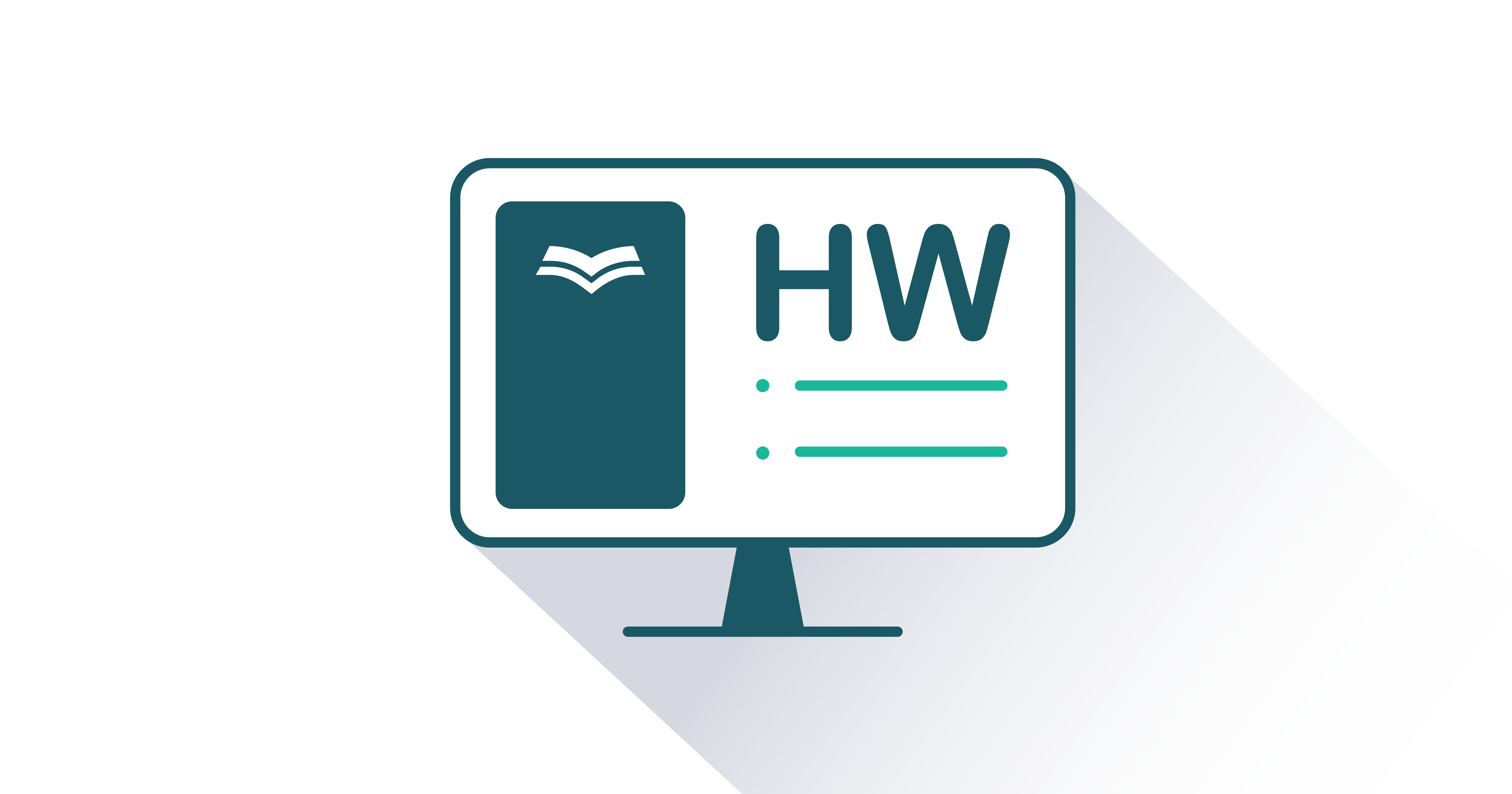
FlatWorld Homework
FlatWorld Homework includes multi-format questions written specifically for your FlatWorld book, which you can access through our stand-alone interface or integrate with your learning management system.

Instructor’s Manual
The Instructor’s Manual guides you through the main concepts of each chapter and important elements such as learning objectives, key terms, and key takeaways. Can include answers to chapter exercises, group activity suggestions, and discussion questions.
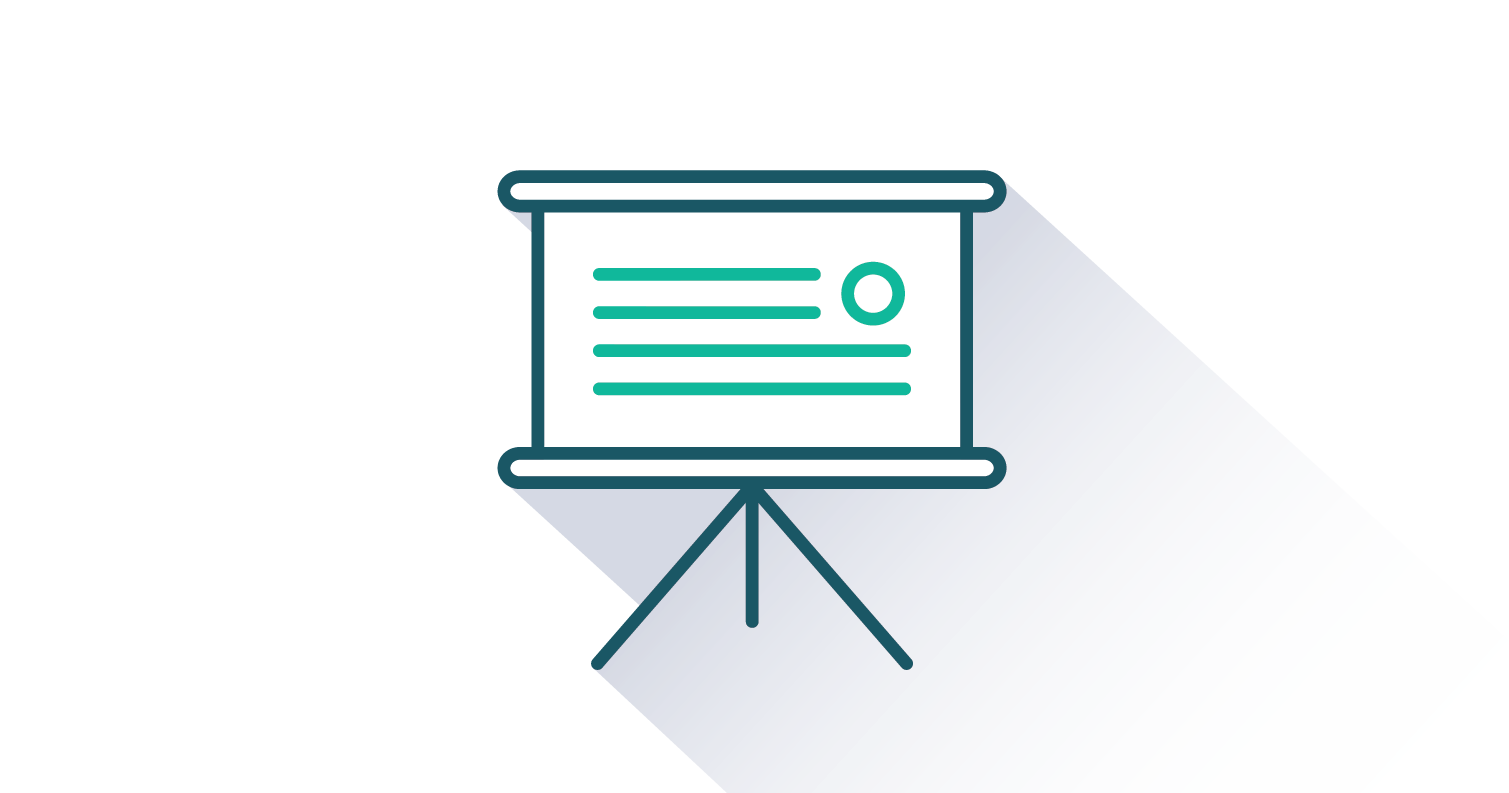
PowerPoint Lecture Notes
A PowerPoint presentation highlighting key learning objectives and the main concepts for each chapter are available for you to use in your classroom. You can either cut and paste sections or use the presentation as a whole.
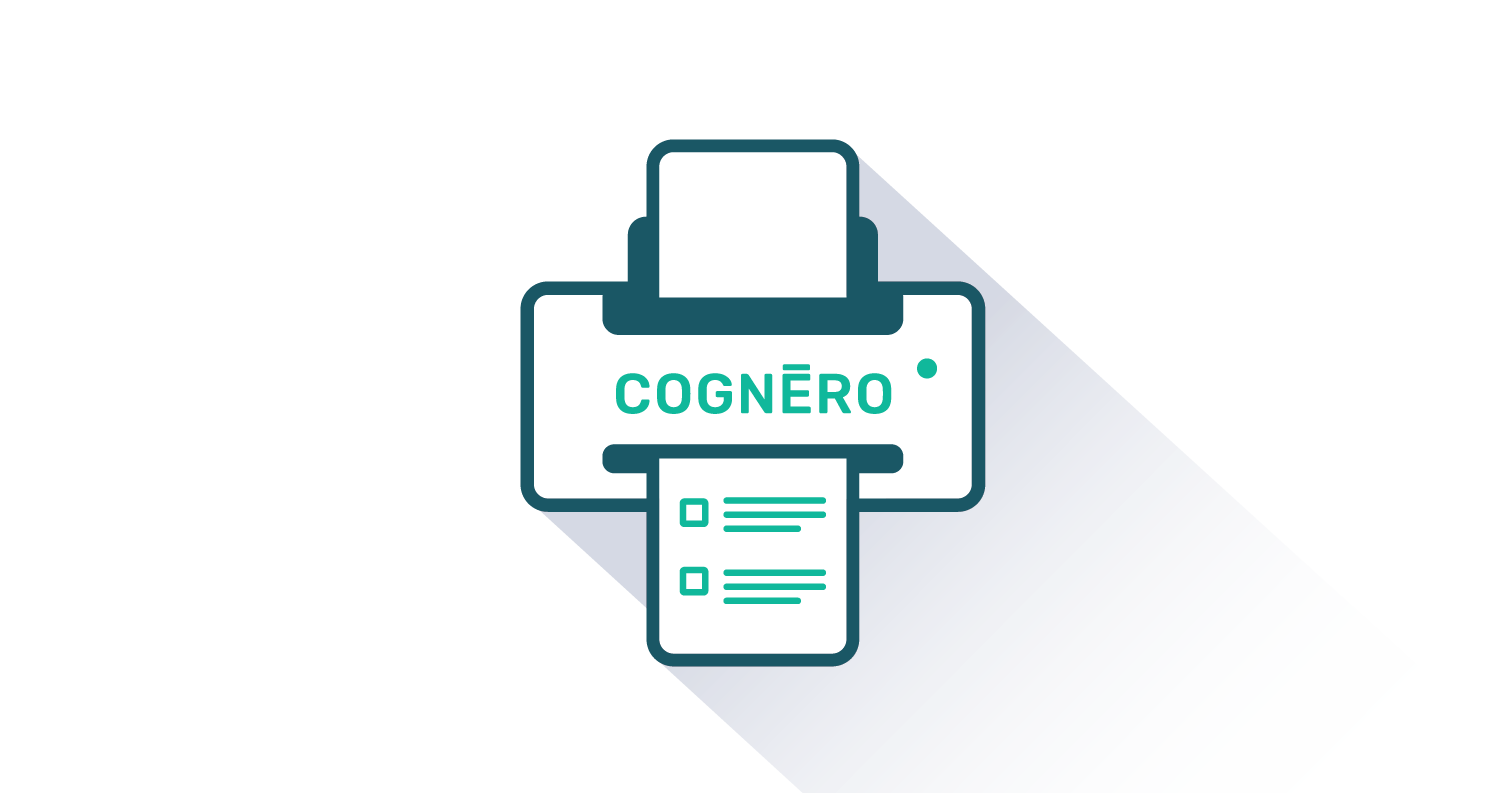
Test Generator - powered by Cognero
FlatWorld has partnered with Cognero, a leading online assessment system, that allows you to create printable tests from FlatWorld provided content.

Test Bank Files for Import to Learning Management Systems
For your convenience, we've packaged our test items for easy import into Learning Management Systems like Blackboard, Brightspace/D2L, Canvas, Moodle, or Respondus.
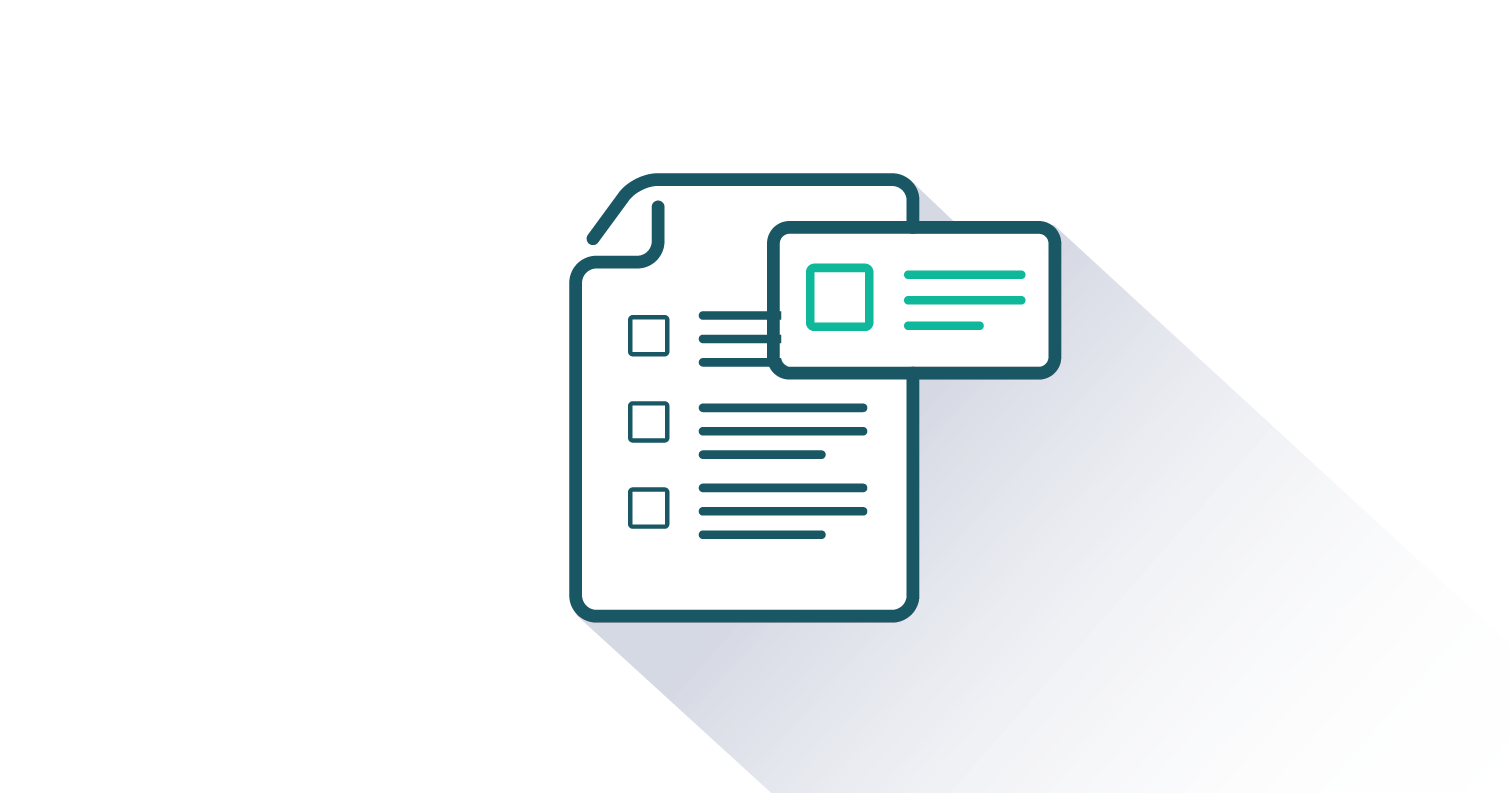
Test Item File
Need assistance in supplementing your quizzes and tests? Our test-item files (in Word format) contain many multiple-choice, fill-in-the-blank, and short-answer questions.
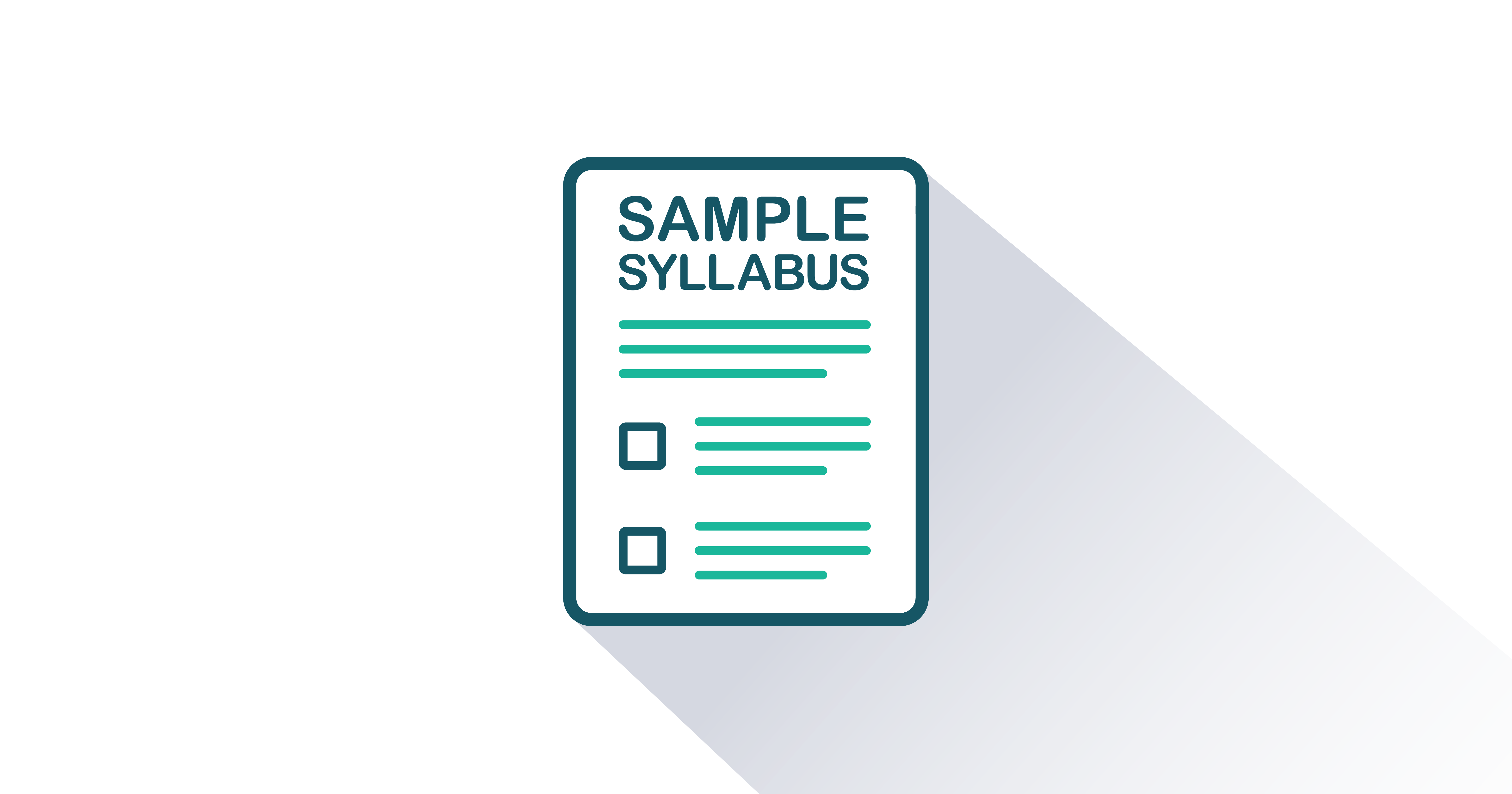
Sample Syllabi
Sample syllabi provide useful templates to help new faculty adopters revise their teaching plans to match their assigned FlatWorld textbook or lend insights to existing adopters on how to organize their classes.
DownloadAt FlatWorld, we take pride in providing a range of high-quality supplements alongside our titles, to help instructors teach effectively. Supplements are available for instructors who have registered their adoption with us. If you need to review or preview something specific, please contact us.
Already registered? Sign in here.
Additions & Errata
06/13/23: In Preface, "Important information not commonly found in introduction to psychology textbooks was added. Some examples include how to write a research article . . ." changed to "Important information not commonly found in introduction to psychology textbooks was added. Some examples include how to read a research article"
4/3/23: Chapter 10, section 1: "Intentional" changed to "situation-specific".
